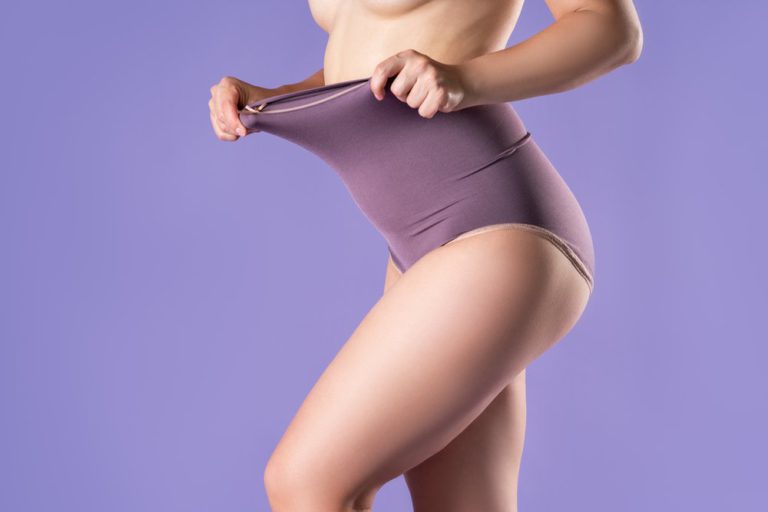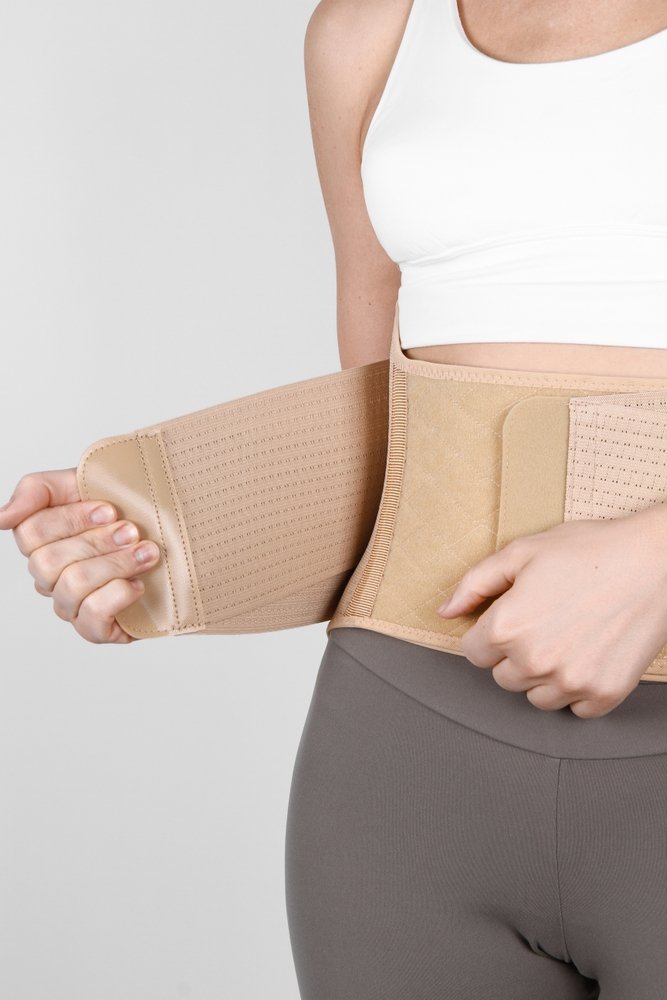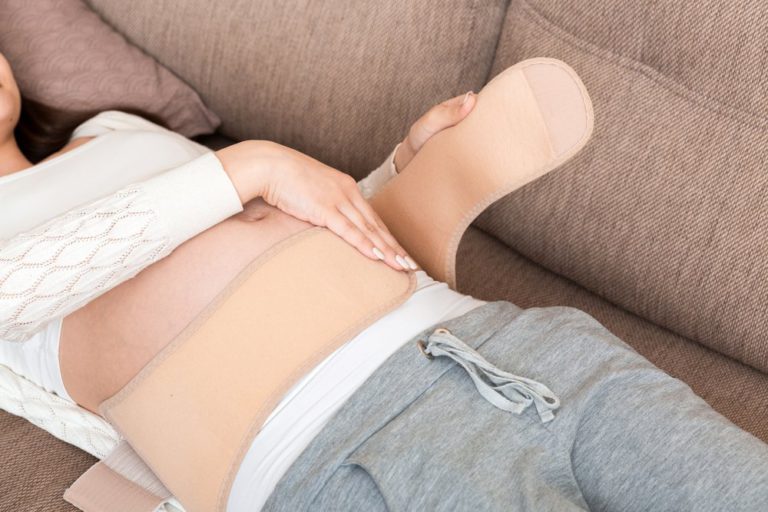When it comes to efficient cosmetic procedures that affect the contour of a patient’s body and help reshape it, liposuction is an excellent choice. It’s a contouring tool that can be used on many parts of the body to reveal a fit and slim figure hiding underneath. Certain areas of our bodies can hold stubborn fat, which is hard to get rid of, so liposuction proves to be the perfect solution in such cases. Lipo 360 is an all-inclusive procedure that encompasses the lower and upper abdominals, mid and lower back, and flanks. But, as a potential patient, you may be worried about Lipo 360 scars.
Does Lipo 360 Cause Scars?
Liposuction is a cosmetic procedure that removes the fat deposits from a patient’s body, and there are many types of lipo one could potentially undergo. Many patients choose Lipo 360 in Miami to improve their appearance and get a new, slim, and fit shape. However, many are wondering whether they will be able to avoid any scarring. So, does Lipo 360 leave scars?
Every liposuction (including Lipo 360) involves smaller incisions on the body for the surgeon to be able to disrupt the fat cells. A surgeon then proceeds to use a cannula, a suction-enabled device used for removing fat. However, significant scarring is uncommon.

What Is the Location of Lipo Incisions
With procedures such as high BMI tummy tuck, which requires that excess skin between the pubis and the belly button be removed, the incision spans from one hip bone to another. On the other hand, 360 Lipo scars are significantly smaller since the surgeons utilize very small incisions during liposuction. They are about a quarter of an inch in width.
What a Lipo 360 procedure involves are the methods used in traditional liposuction. But it differs in one main thing – it encompasses the areas that belong to the midsection, back included. The location of the incision will vary depending on a specific case. Sometimes, they will be made through the belly button, and in other cases, the incisions will be made along the waistband.
To be able to perform this type of liposuction, the surgeon will provide the patient with anesthesia in order to numb the area. The incisions will then be located in all the areas where the fat will be removed, but keep in mind that the procedure is minimally invasive. These small incisions are used for inserting a cannula that will break up the loose deposits of fat. Depending on how much fat will be removed, it will be done with either a syringe or a surgical vacuum.

What Factors Affect Scarring
Although procedures such as breast augmentation can be painful for a few days and leave some scarring, Lipo 360 is minimally invasive. However, it is still a surgical procedure that requires some form of small incisions so the fat can be suctioned from that area of the body.
The scarring will depend on the patient first because not all patients will have visible scarring after the procedure. Genetics and age are the factors that affect a patient’s skin and how fast it heals. It’s also important to keep the scarred areas out of the sun, so the hyperpigmented scars can slowly fade over time.
How Do Lipo 360 Scars Compare to Other Surgical Treatments?
Other cosmetic procedures are more invasive – for example, a patient may start noticing a rash after breast augmentation or perhaps some other skin irritation. The patient going through this procedure should avoid exercise for some time. However, Lipo 360 is less invasive, with minimal cuts on the area where the fat is being removed. It’s also a safer procedure that is easier on the body.

What Are the Most Common Lipo 360 Scars?
Although the incisions are minimal, and there’s a low risk of scarring, Lipo 360 will leave some scarring. The most common ones are dyschromia, hyperpigmentation, and hypopigmentation, but a patient can develop more rare types of scarring. Here are the types of scars after liposuction:
- Dyschromia is the type of scarring that manifests as discoloration of the skin.
- Hyperpigmentation – scars that are darkened tissue.
- Hypopigmentation is another more typical scarring that shows as lighter-colored, bleached-out tissue.
- Atrophic scars are rare and show as tissue sunken below the skin’s surface. It occurs due to the loss of muscle or fat around the location of the incision.
- Hypertrophic scars are also rare, and they show as tissue that’s slightly raised above the surface. This type of scarring may decrease after some time.
- Keloid scars are raised above the skin’s surface. They are usually firm and irregularly shaped, have smooth tops, and their color is either pink or purple.
What Are Effective Scar Removal Treatments?
Whether you’ve decided on a regular liposuction procedure and have some arm liposuction bruising or opted for Lipo 360, you will need to go through liposuction recovery. Although these tiny incision scars will eventually fade over time, there are some treatments that can reduce scarring even further. You can consider these treatments if you’re worried that you’ll have significant scarring after the Lipo 360 procedure.
Does Silicone Gel Help?
Many patients wonder whether to start using scar cream after the procedure or not. The most popular method and the one you should try first is the treatment with silicone gel sheets. This gel keeps the skin hydrated and, as such, helps in the healing process. If you want to achieve better results, you should read and follow the instructions carefully and use these sheets regularly.
Could You Treat Scars With Chemical Peels and Microdermabrasion?
If you’re not satisfied with the healing process or you think silicone gel won’t help (although the Moon Plastic Surgery team highly recommends you start with it), try microdermabrasion or chemical peels. This is a type of treatment that most patients can receive in a medical spa or at a dermatologist, where a specialist will remove layers of scar tissue in the process. Keep in mind that in order for this treatment to have an effect, you will need to undergo multiple sessions.
Can Cryotherapy Help?
Both keloid and hypertrophic scars can be treated with cryotherapy. In this type of treatment, a doctor will pierce the scarred tissue and freeze it with nitrogen gas from the inside. It is then easy to remove it from the healthy skin around it. It’s a relatively simple procedure that doctors can perform in an outpatient environment.
What Does Laser Therapy Do to Scars?
Another type of outpatient treatment for scarred tissue is laser therapy. This type of procedure can break apart hypertrophic and keloid scars that remain after liposuction. A doctor uses a laser to heat the scar tissue, and it stimulates the growth of healthy cells around the scarred area. It’s a simple type of treatment, but it takes time for the results to show, and it’s often necessary to repeat it.
Is Scar Removal Surgery a Solution?
If the scarring is very severe and visible, the ultimate option is scar removal surgery. It’s the most invasive type of treatment that also has a risk of creating additional scars. It is very unlikely that the scarring caused by liposuction will require this type of invasive treatment.

If You Need More Information Contact Your Lipo 360 Surgeon in Miami
Moon Plastic Surgery offers different types of cosmetic procedures to our patients. If you have any questions regarding any procedure or recovery after it, such as loose skin after arm lipo, you can freely contact us. Our team consists of professionals that will assist and answer any questions and uncertainties you may have when considering a procedure. We have an online form below where you can send in an inquiry or simply call our Moon Plastic Surgery clinic between 9:30 AM and 6 PM, from Monday to Friday.
Frequently Asked Questions About Tumescent Liposuction Surgery
How Many Incisions Does Lipo 360 Have?
Depending on the surgeon and on a specific case, liposuction of the upper and lower abdominal area will generally have between three and six incisions. They are less than a quarter of an inch wide and will fade over time. The number of incisions needed for the back may include two (in the breast crease area,) and the groin creases are often used for the flanks.
How Long Does Lipo 360 Take to Heal?
The recovery process usually doesn’t take long since Lipo 360 is such a minimally invasive procedure. Most patients will return to normal activities and daily routines within a couple of days. This downtime can vary, as with any other surgical procedure, so every patient must follow the post-operative instructions in order to heal quickly.
Your doctor will provide you with guidelines specifically for your case in order to achieve the best possible results when it comes to recovery. Keep in mind that you will probably be instructed to avoid strenuous activity and harsh exercising, so you can let your body heal.
How Painful Is a Lipo 360?
The procedure itself is not painful, as it’s not a particularly invasive one. The recovery goes pretty quickly afterward, especially when a patient sticks to the doctor’s instructions. However, you will feel soreness similar to the one that you can get from very intense exercise and workouts.
Besides soreness, you will also experience some swelling and bruising, accompanied by water retention. If you’re experiencing severe pain after the procedure, it is a very unusual case and can indicate that there were complications, so make sure you contact your doctor immediately.
Does Lipo 360 Include Full Back?
Lipo 360 includes the methods of traditional liposuction. However, the main difference between these two types of procedures is that Lipo 360 encompasses all body areas considered as the midsection. This means that Lipo 360 addresses the entire back and abdomen, as well as the hips and waist. It’s a 360° liposuction of the midsection that achieves the best body-contouring results.
Does Lipo 360 Tighten Skin?
Every liposuction procedure involves removing fat from the body. However, each of these procedures, including Lipo 360, has a chance of leaving loose skin after the swelling has gone down. Skin tightening is an important part of every liposuction, and patients who are concerned about loose skin often want to consider another procedure. This may include the tummy tuck procedure or a lift of different parts of the body, such as the Brazilian butt lift or BBL.








